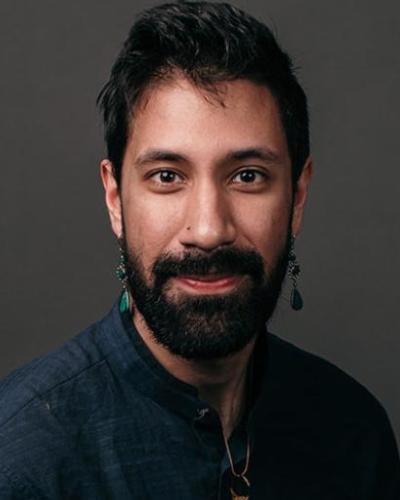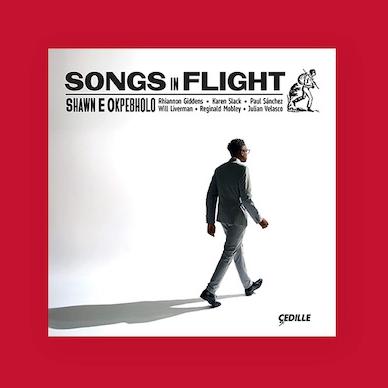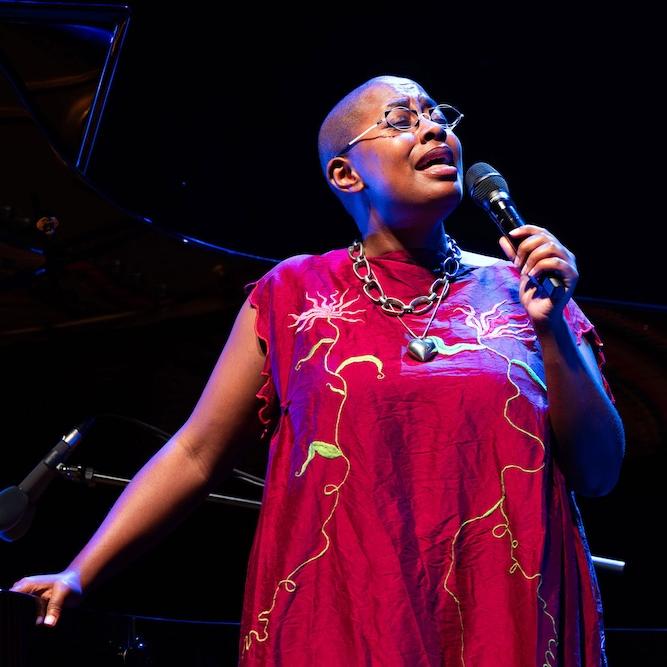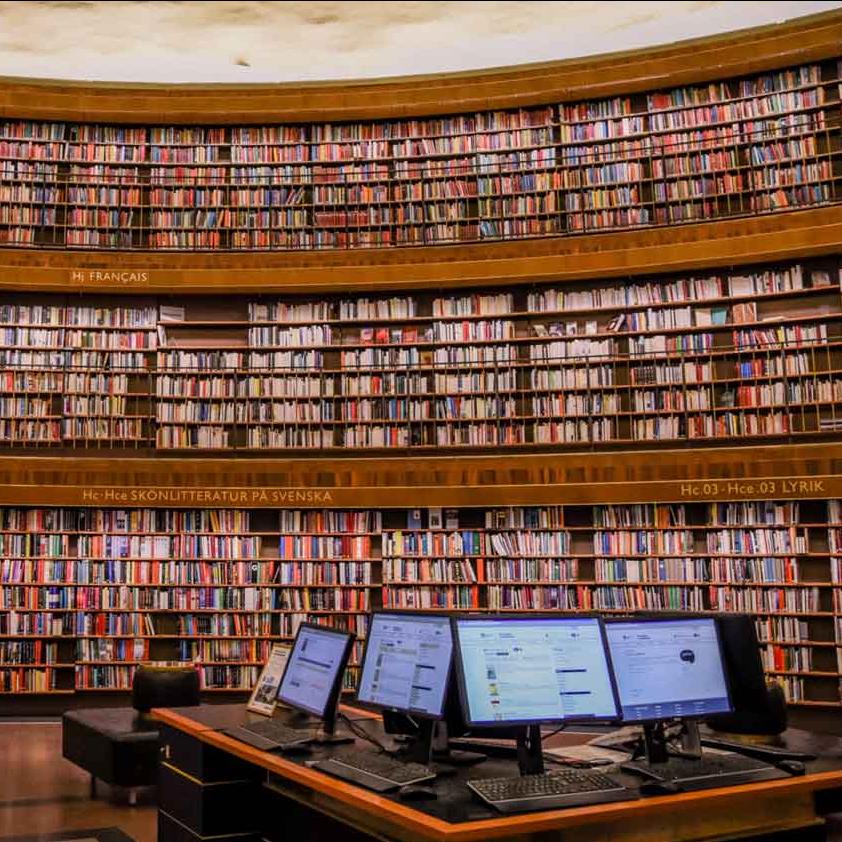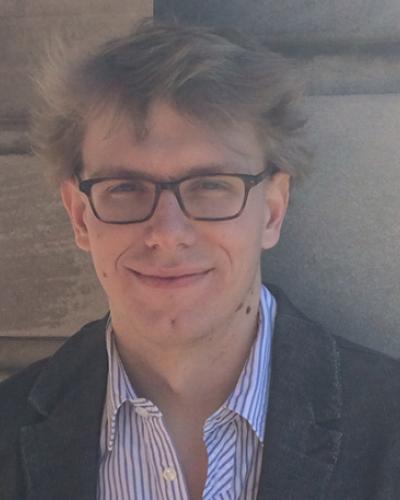Cornellians Amanda Lalonde (PhD Musicology '14) and current graduate student Mackenzie Pierce both have articles appearing in the current edition of the journal 19th-Century Music.
In "Flowers over the Abyss: A Musical Uncanny in Nineteenth-Century Criticism," Lalonde examines the emergence and purpose of the uncanny in instrumental music and criticism. From the abstract:
The term unheimlich (uncanny) comes into usage in German music criticism in the nineteenth century and is often used to describe instrumental music, particularly sections of works featuring the ombra topic. While the idea that instrumental music can be uncanny regardless of text or program is not novel, this work differs from most existing scholarship on the musical uncanny in that it presents a possible precursor to the twentieth-century psychoanalytic uncanny. Instead, it examines Schelling's definition of the uncanny in the larger context of his ideas in order to form a basis for theorizing a version of this aesthetic category that is active in the nineteenth-century critical discourse about music.
In the early nineteenth century, music becomes uncanny because it discloses what should remain hidden from finite revelation. Critics understand passages of instrumental ombra music as uncanny moments when music calls attention to itself as the sensuous manifestation of the Absolute. They remark on these passages’ effacing of boundaries and sense of becoming, residues of eighteenth-century uses of the topic in operatic supernatural scenes and as part of a chaos-to-order narrative in symphonic music. The article concludes with the reception of the opening of Beethoven's Ninth Symphony and the finale of Schubert's Octet, D. 803, using critics’ comments as a basis for extrapolating, through new analyses, as to the features that might make the particular works remarkable as examples of music's uncanny power made manifest.
Dr. Lalonde is an Assistant Professor of Musicology at the University of Saskatchewan.
In "Writing at the Spreed of Sound: Music Stenography and Recording beyond the Phonograph," Pierce describes the efforts of capturing and notating live music. From the abstract:
Music shorthand systems devised by Michel Woldemar, Hippolyte Prévost, and August Baumgartner adapted the quill strokes of speech stenography to the seemingly analogous domain of music. Eschewing conventional staff notation in favor of cursive lines that indicated pitch, register, interval, and duration, music stenographers endeavored to record in real time instrumental improvisations and fleeting inspirations that would otherwise have been lost forever due to a lack of recording technology. To advocates of such methods, more efficient technologies of musical writing were indispensable for capturing fugitive musical thoughts and acts: music stenography aided Hector Berlioz, for example, in the composition of his Requiem. For others, including Rossini, Fétis, and contributors to the Allgemeine musikalische Zeitung, the claims and merits of stenography were a source of controversy as well as fascination.
Grounded in a corpus of seventy music stenographies that have been largely ignored by musicologists and historians of technology alike, this article asks how musical intuitions became musical texts, thereby entering print-based networks of circulation. Although the importance of “genius” and “work” as historical concepts regulating the production, ontology, and reception of nineteenth-century music has long been acknowledged, the material basis of these concepts has been overlooked until recently. The efforts of musical stenographers demonstrate that the inscription and circulation of material texts provided the means by which musical inspiration could be registered and stored, constituting a material substrate on which such idealist concepts depended. Whereas historians of sound recording have focused on seismic historical and cultural shifts wrought by the introduction of the phonograph in 1877, the preoccupation with capturing music in the decades preceding and following this date suggests an alternate conception of text-based sound recording.
These articles appear in 19th-Century Music, Vol. 41 No. 2, Fall 2017.

